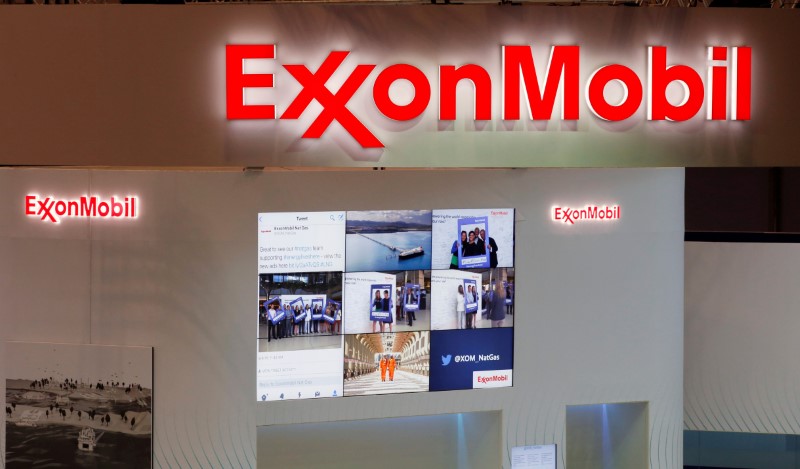Investing.com’s stocks of the week
By Geoffrey Smith
Investing.com -- The Federal Reserve's preferred measure of inflation weakened in July, as consumers across the U.S. trimmed their spending to reflect increased pressure on their incomes.
The price index for Personal Consumer Expenditures, which tracks the actual spending patterns of households more closely than the Consumer Price Index, fell 0.1% in July, thanks to the steady decline in gasoline prices during the month. That brought the annual rate of PCE inflation down to 6.3% from 6.8% in June, adding to hopes that - at least in annual terms - the peak in inflation may be past.
Energy prices fell 4.8% on the month, according to the Bureau of Economic Analysis' calculations. However, that relief was offset by another big increase in food prices, which rose 1.3%. Excluding both food and energy, PCE prices rose 0.1% on the month, less than the 0.3% expected and their smallest monthly increase in 17 months.
Elsewhere in the same release, the BEA noted that personal incomes rose only 0.2% on the month, their slowest gain in six months, while personal spending rose by only 0.1%, a seven-month low.
The numbers came only a couple of hours before Federal Reserve Chairman Jerome Powell delivers a keenly-awaited speech at its annual central bankers' meeting in Jackson Hole. Powell is expected to give guidance as to the pace and extent of further interest rate increases, having raised them sharply this year as the stimulus measures put in place during the pandemic generated the highest inflation in 40 years.
Newswire and TV interviews coming out of the sidelines of that event indicated that the Fed's policymakers are still split over whether the next rise in the Fed Funds target range at its September meeting should be of 50 or 75 basis points.
Atlanta Fed President Raphael Bostic was quoted as saying he currently favors 50, while his St. Louis counterpart James Bullard told Bloomberg that he favors a range of 3.75%-4% by year-end, which would be at the high end of the current range of market expectations. The target range currently stands at 2.25-2.50% .
